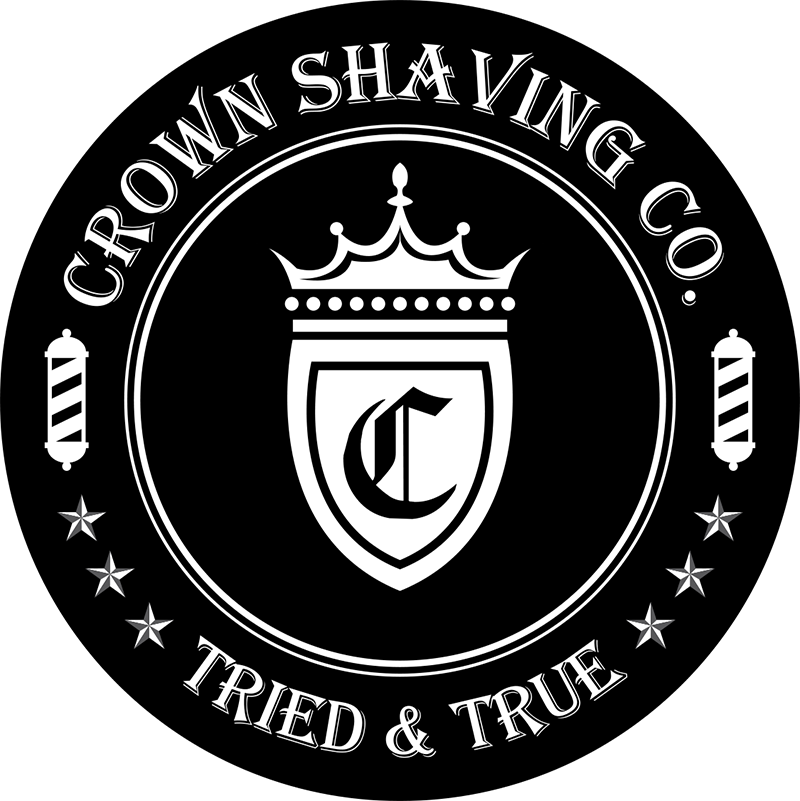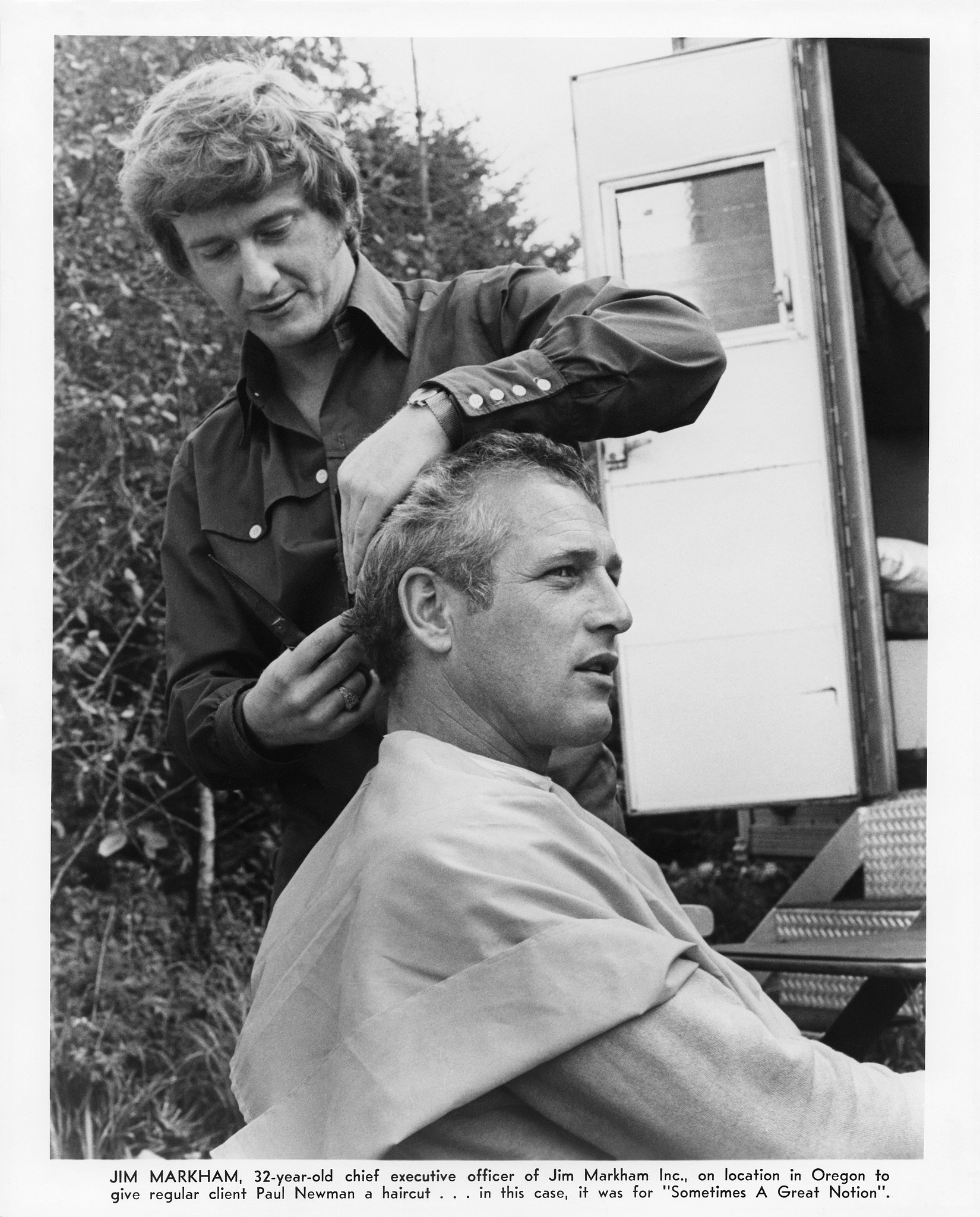How To Speak Barber
Figaro’s Barbershop in downtown Lisbon, Portugal
Photo: Gabriel Zemron / Wiki Commons
A long-lived notion pervades that getting the exact haircut you need (not the one you “want”, more on that later) is easy.
Easy.
Losing a hand in Texas hold ‘em is easy.
Losing your shit in traffic is easy.
Takeout is easy. Dating apps are easy.
Walking into a barbershop as a new customer and leaving with your haircut isn’t hard, but it’s not easy, either. Especially if don’t know barbering’s most fundamental of terms.
Some guys bring pictures to a new joint, a classic move, then post-consult they’ll point to them and say, “that.” Others give their new barber carte blanche, confiding fully in the presumed fact they know what to do. Granted, the client doesn’t have to always make the call; A good barber should be able to size a guy up and, within a few seconds, think of two or three cuts that’d suit his face and head shape (as well as his hair texture, let’s not forget that part).
But a man of taste and self-agency knows what he wants, and he knows how to request it.
So let’s get it.
P.s. You’ll find a few staple haircuts here, the kind almost any man can wear. But don’t treat this as a haircut manual. We’re working on a definitive list of those.
Here’s a mid fade getting finished off around the ears, courtesy of our barber friend up north, Jimmy.
Photo: Collective Haus, a salon-meets-barbershop in Sudbury, Ontario
Fade
One of today’s biggest styles owes its origin to the US military circa the ‘50s. Technically, though, the term “fade” was birthed by black American barbershops in the ‘80s when hi-top fades blew up in the Hip Hop community. Fades are achieved with clippers (as well as, skill) and they’re characterized by a “blending” effect with length up top transitioning into much shorter hair on the back and sides of a man’s head.
To execute a fade, a barber will start by buzzing your head from the bottom up, and he or she’ll stop at the point where you’ll want your fade to start (and if you don’t know this, a good barber will suggest a starting point that’ll suit you). By the time they’re done this step, you’ll notice a stark line running around your head before they start “blurring” it; That’s where the fade gets made.
Fades come in a few varieties, and when it comes to asking for one you go height first, then style;
For height, you’ve got your high fade, mid fade, low fade, and even a temple fade if subtlety’s more your thing.
Length wise, pick either a classic regular fade or a bald (or “skin”) fade.
How to Ask For One: “I’ll do a mid-skin fade, sir.”
Here’s a classic — a textured and tapered crew cut, executed at none other than Barrie, Ontario’s History Barbershop.
Photo: History Barbershop
Taper
Like a fade, a taper (usually) denotes a short haircut with a little more on top and shorter sides.
And technically, a taper is a type of fade. But unlike a fade, a taper is much more subtle.
With a taper, that transition from longer hair to shorter hair is gradual, whereas a fade always boasts some contrast between length up top and much shorter hair. Tapers allow for a little more length on the sides.
Think of the taper as the student union president to the fade’s b-ball team captain. Conservative versus edgy, though both look handsome when executed well.
How to Ask For One: “I’ll go with a tapered haircut with a side-part on my left side, sir.”
“Number One”, or “Number Two”, or…
If your new haircut calls for clipper use, your barber’ll want to know how short you want to go. That’s where the “guard” numbers come into play.
A barber’s clippers come with length guards that, when affixed to the top of the blades, ensures a certain length is yielded. Each guard size is numbered (some sets go from zero all the way up to 12) and as you’re likely guessing, the further down you go guard-wise, the shorter the cut.
How to Use A Number For Your Desired Length: “I’d like something very short, sir. A high fade, with a zero on the sides and back and a two on top.”
Crown
When a barber or stylist mentions your “crown,” they’re talking about the point at top of your head that starts to slope toward the back of your head, not that thing in our logo.
How to Use This Term With Your Barber: “How much has my crown thinned, sir, lay it on me.”
Neckline Style
True, you never see your neckline (the hair on your nape), but everyone else does. So count on a good barber to suggest the best neckline style to match your cut.
A blocked neckline cuts straight across the bottom of your nape, whereas a rounded one is the same save for its subtler, more rounded corners. Both of these can look great, but they’ll need more upkeep if you’re a hairy one.
By the way, a bald fade haircut leaves no discernible neckline.
How to Use The Term “Neckline” With Your Barber: “Since we’ll be doing a taper, how do you think a rounded neckline style would look on me, sir?”
Buzz Cut
The king of clean cuts. Also known as a military haircut.
The buzz cut is the shortest a man can go without full-out shaving his dome, and they always demand a good clipper machine. And while a buzz cut’s on the short side of things, they come in super short or just short. Remember that number system you learned three points prior to this one? Apply that knowledge here.
How to Use The Term “Buzz cut” With Your Barber: “You know what, sir? I want a clean slate. Let’s do a buzz cut, number two.”
Man Bun
What grows, gets cut, but still won’t die? Hint: It’s not your petunias out front.
How to Use The Term “Man Bun” With Your Barber: Don’t even start.
Choppy
Now we’re talking hair texture, and this one’s a big hit with guys who like that bed head look.
Barbers use a simple trick to execute a “choppy” look up top: Point cutting. When a barber point cuts hair, they position their shears at a 45 degree angle before snipping. The result’s a more voluminous look with a hint of punk rock. Here’s a great video on it.
How to Use The Term “Choppy” With Your Barber: “Go ahead and take a little off the top, but if you think it’ll look good, make the texture choppier than usual. I want to try that new matte paste of yours and spike it up a bit.”
Side Part
You know line that runs down either side of a haircut, the one parting short hair on one side from a little more length swept over to the other? We call that a “side part,” not a comb over.
These look great with short styles, like crew cuts, but they’re at home with long ones, too.
How to Use The Term “Side Part” With Your Barber: “I’d love a mid-fade with some length and a side part, sir. I’ll let you choose which side.”
Undercut
Like a moustache or the colour pink, undercuts are a thing a man pulls off. These are bold and better suited to someone who’s cool with making a statement everywhere he goes.
Undercuts are defined by a “disconnection” between a short back and sides and much more length on top, with said length usually swept to one side or slicked back.
Unlike with a fade or a taper, the shift from volume to shortness here is anything but subtle. But again, some guys can rock these, as they should.
How to Use The Term “Undercut” With Your Barber: “Think I’m too old for an undercut, sir?”
Here’s Texan hairstyling icon, Jim Markham, taking care of a certain Paul Newman on the set of 1971’s “Sometimes A Great Notion.”
Photo: Wiki Commons




